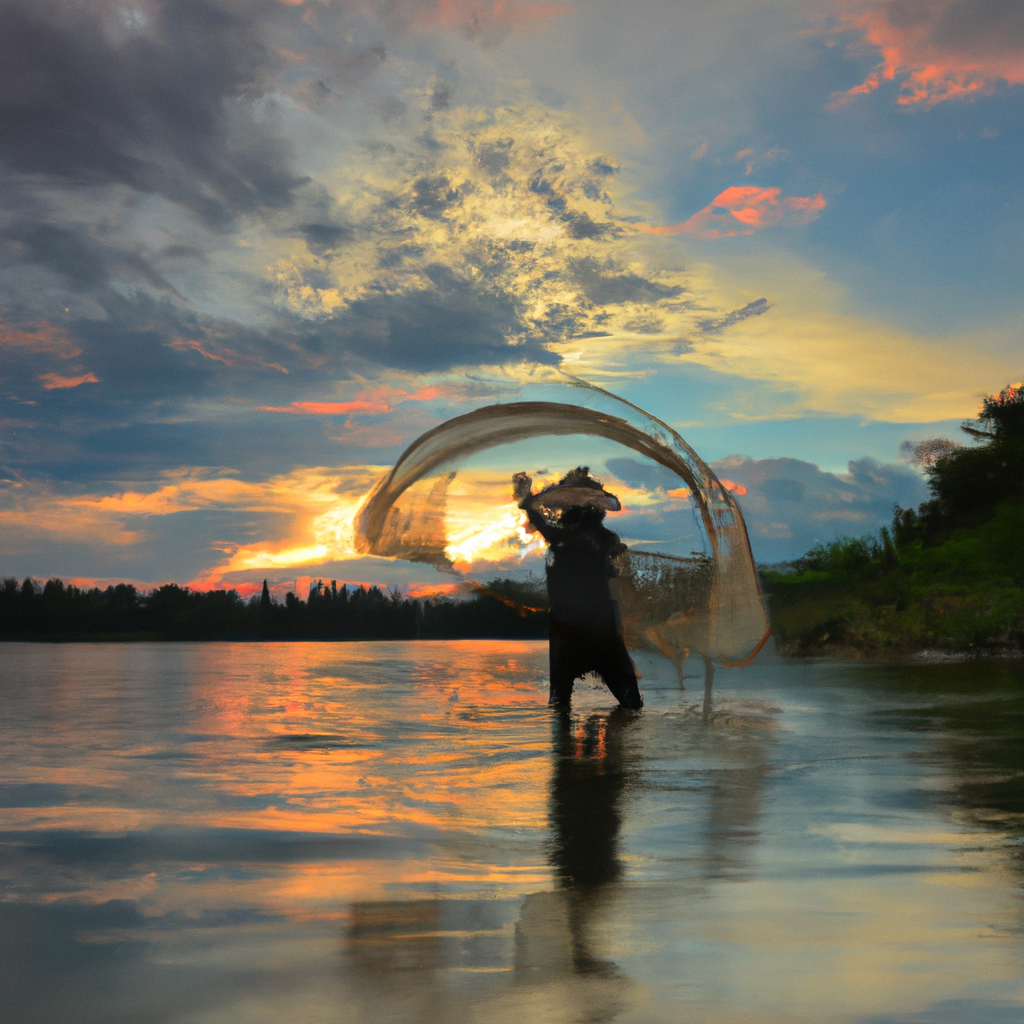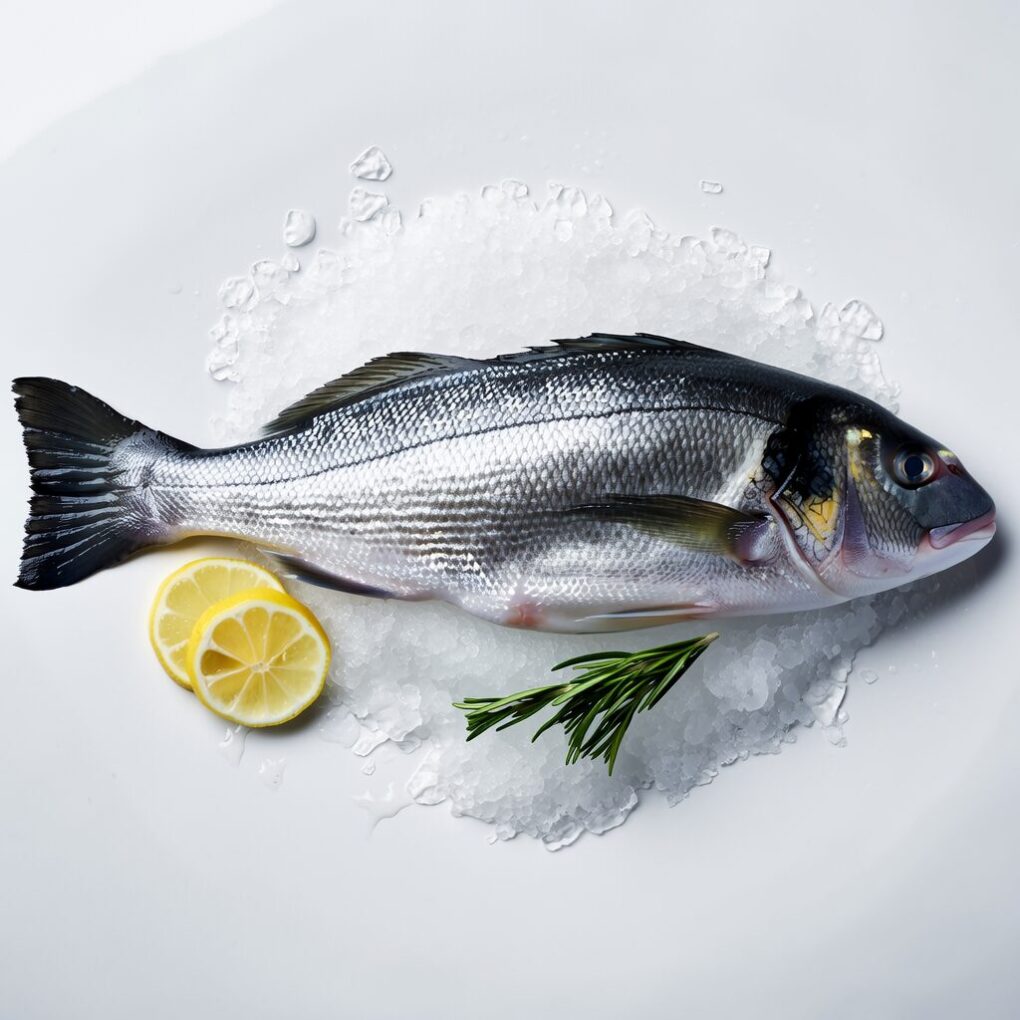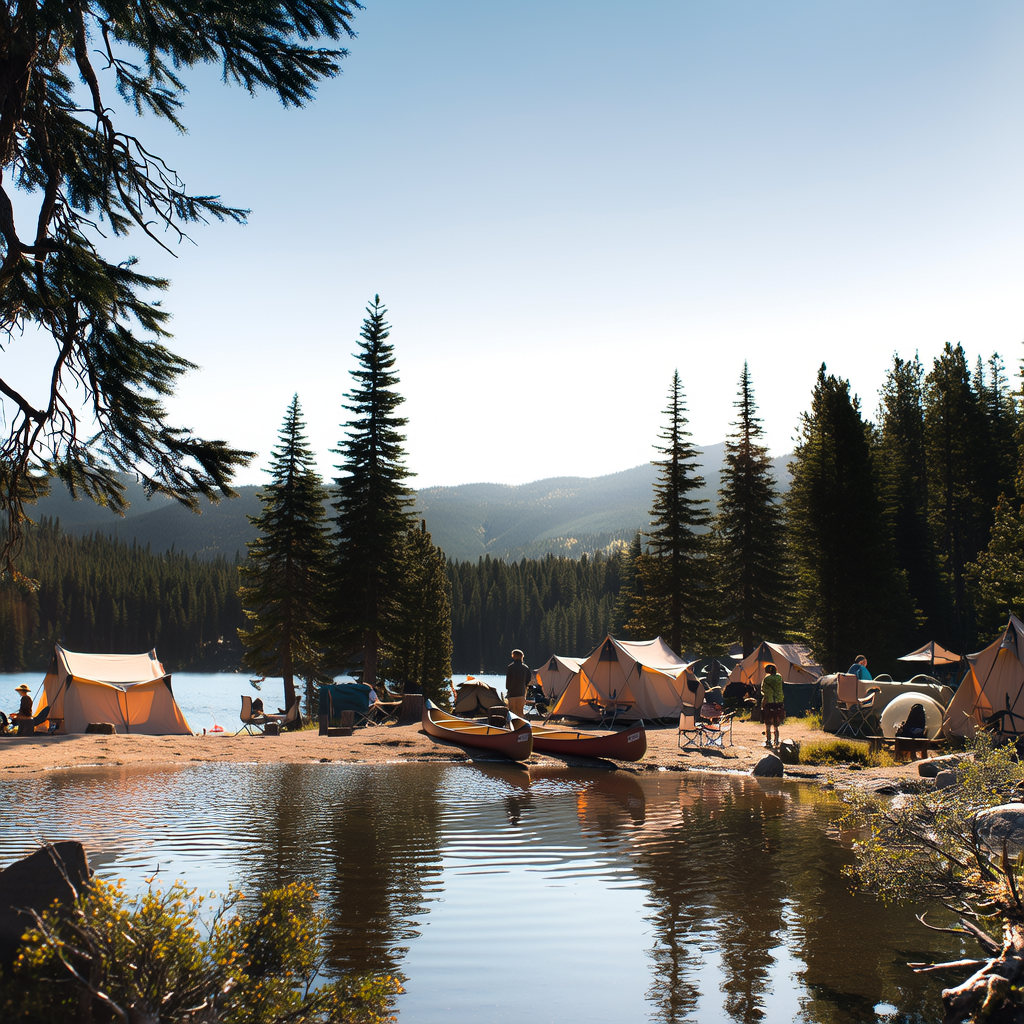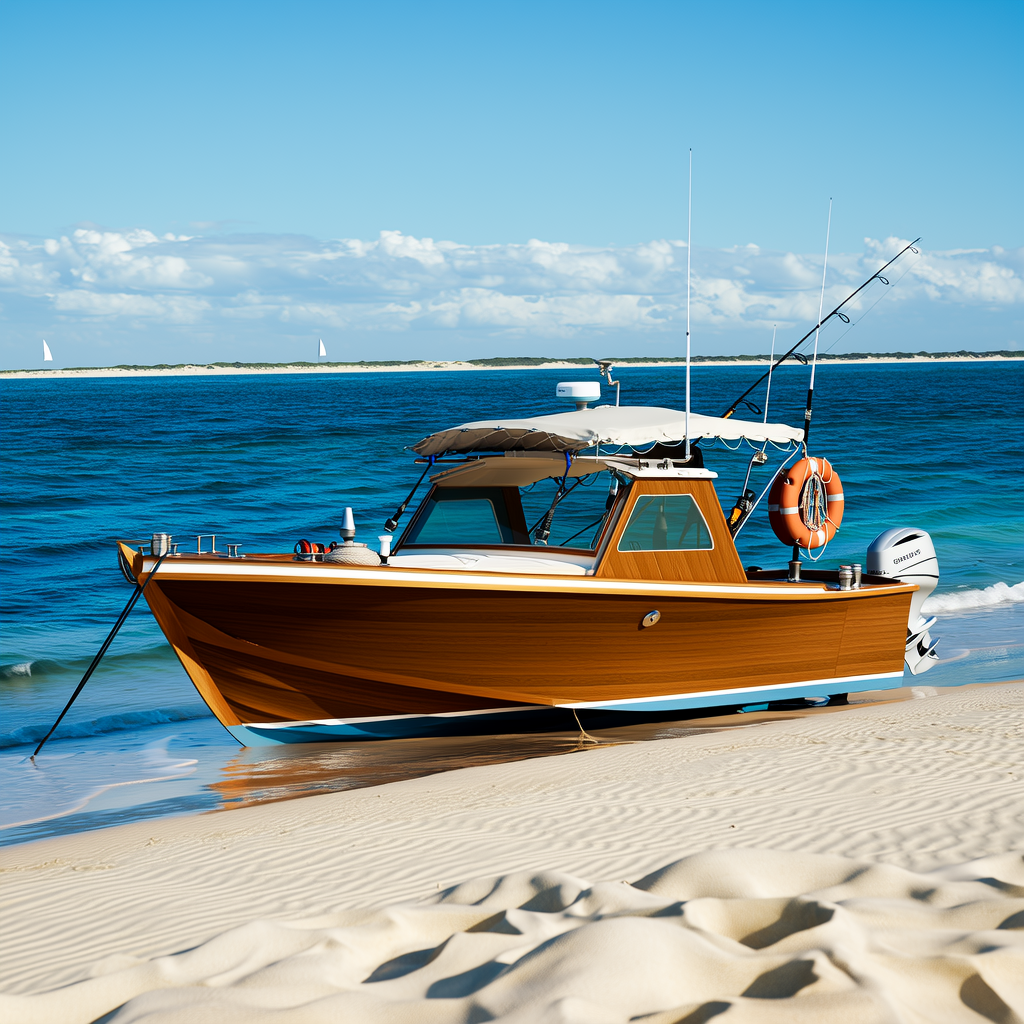Introduction
River fishing is a unique and exhilarating experience. The rivers offer a wide range of challenges and opportunities for both beginners and experienced anglers. This comprehensive guide will take you on a journey into the worlds of river fishing. We’ll explore the techniques, equipment and strategies that you need to maximize your success and enjoyment.
Why choose river fishing?
The abundance of fish and the picturesque surroundings have made river fishing a favorite among anglers around the world. River fishing is a dynamic activity, unlike lake or ocean fishing. Fish are constantly moving, creating excitement and surprises. Rivers are also home to many of the most sought-after species, including salmon, trout and bass. This gives anglers a chance to catch trophy fish.
Fundamental River Fishing Techniques
A good understanding of river fishing techniques and methods is essential for success. Let’s look at some of the basic techniques used in river fisheries:
1. Drift Fishing
Drift fishing is the act of casting your lures or baits downstream, and letting them drift naturally with the current. This technique is especially effective for catching fish that are actively feeding along the riverbed.
2. Nymphing
The technique of nymphing is widely used in river fishing for trout. It involves presenting artificial insects that imitate underwater insects to attract fish near the river bottom.
3. Spin Fishing
Spin fishing is an extremely versatile technique. It involves casting and retrieving spinning lures or baits. This technique is suitable for a variety of fish species, and can be used in both flowing and quiet sections of a stream.
4. Fly Fishing
Fly fishing is an old-fashioned angling technique that uses a special weighted line to attract fish. This technique requires finesse and skill, making it popular amongst dedicated anglers.
Essential River Fishing Equipment
It is important to have the correct equipment for a successful experience of river fishing. Here are a few basic items that you will need.
1. Fishing Rods and Reels
Choose a rod and reel suitable for the species that you plan to target. River fishing is usually done with rods that are light to medium action, because they provide the necessary control and sensitivity.
2. Fishing Line
Choose a fishing line with the appropriate pound test for the fish species you are targeting. River fishing is commonly done with monofilament or fluorocarbon line.
3. Bait and Lures
Carry a wide variety of baits and lures so you can cater to the different species of fish and their preferences. Worms and minnows are popular options.
4. Fishing Accessories
Pack essential fishing equipment such as forceps and forceps, bobbers and weights. These tools will help you in a variety of fishing situations and provide a seamless experience.
River Fishing Strategies for Success
When river fishing, you should consider the following strategies to maximize your chances of success:
1. Research and Preparation
Research the river you intend to fish before your trip. Learn about the local regulations, fish species, and the best fishing spots. Prepare your equipment and make sure you have the required permits or licenses.
2. Observe River Flow
Be sure to pay attention to the flow and current of the river. Fish tend to gather in areas with changes in flow, like eddies or deep pools. These areas provide fish with shelter and food.
3. Use Proper Casting Techniques
River fishing requires that you master the art of casting. Casting accurately is important for river fishing. You can use your lures or bait to reach the desired areas, such as under branches, near riverbanks or around submerged structures.
4. Adapt to the conditions
Be aware of the changing conditions in the river, such as the water temperature, the clarity and the weather patterns. Match your bait, presentation and technique to the fish’s feeding habits and behavior.
5. Stay Stealthy
Avoid excessive noise or movement when fishing in shallow or clear waters. Staying stealthy increases your chances of catching a prize fish.
Popular River Fishing Destinations
There are many world-renowned river fishing locations that offer excellent angling opportunities. These destinations include:
1. Kenai River, Alaska
The Kenai River, in Alaska, is known for its incredible salmon runs. Chinook and Sockeye Salmon are particularly popular. Anglers flock here to try and catch these prized fish.
2. Madison River, Montana
The Madison River, Montana is known for its trout population. This includes the highly sought after brown trout and Rainbow trout. This river is a favorite of fly fishermen because of its scenic beauty.
3. Amazon River, Brazil
The Amazon River is known for its incredible biodiversity. In this vast river system, anglers can target exotic species such as peacock bass and piranha.
Fishing Ethics and Conservation
As responsible anglers it is important that we prioritize conservation and fishing ethics. Here are some guidelines to follow while river fishing:
1. Practice Catch and Release
Catch and release is a good practice, especially when it comes to endangered or threatened fish species. This helps maintain healthy populations of fish and preserves the river’s delicate eco-system.
2. How to dispose of waste properly
Always carry a garbage bag and dispose of all waste, such as fishing line, hooks or bait containers, in the appropriate manner. It is important to protect the river environment for its long-term viability.
3. Respect Fishing Regulations
Be sure to familiarize yourself with all the fishing regulations in the area where you plan to fish. To avoid legal and environmental consequences, adhere to the rules regarding size restrictions, bag limits, and fishing seasons.
Conclusion
River fishing is a great way to connect with nature and challenge your angling abilities, as well as catch some amazing fish species. By learning the techniques, gear, and strategies, you can enhance and create lasting memories. Always prioritize conservation efforts, and respect the river environment to ensure future generations can enjoy it.




